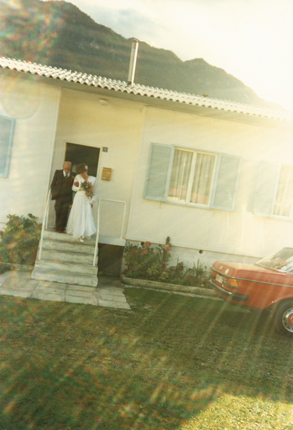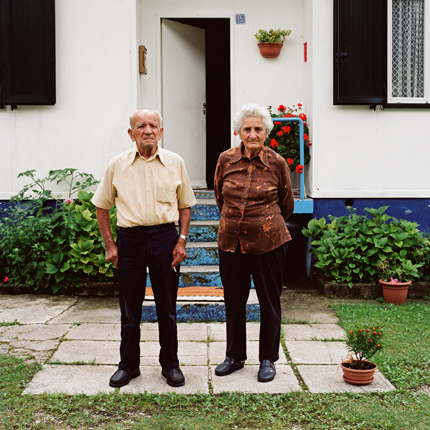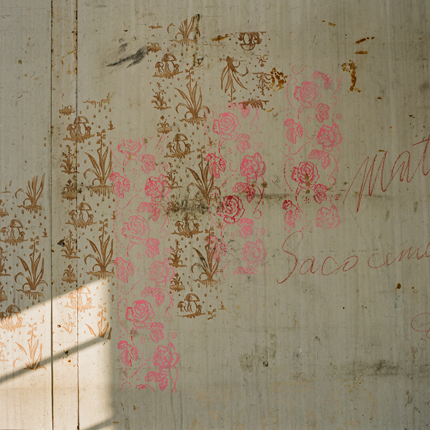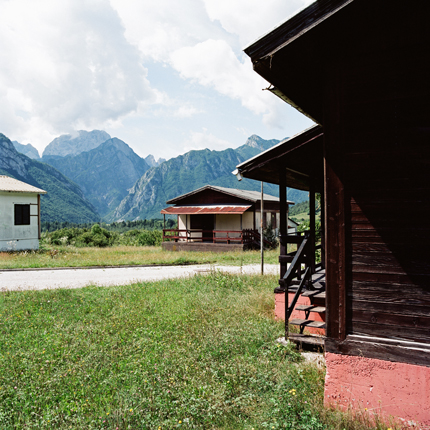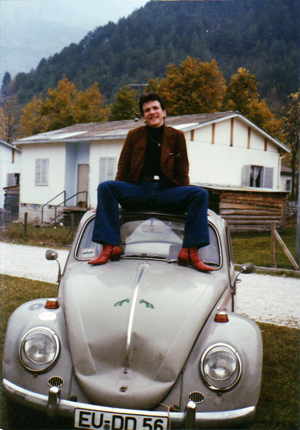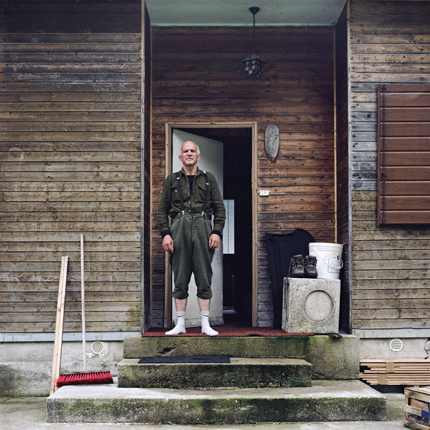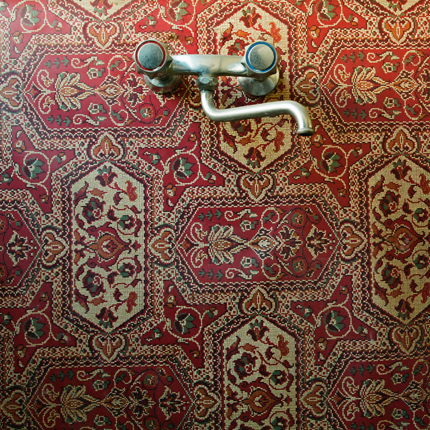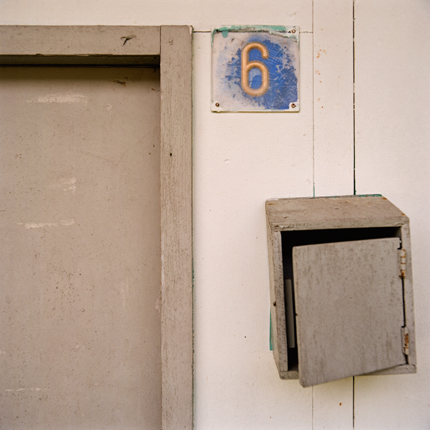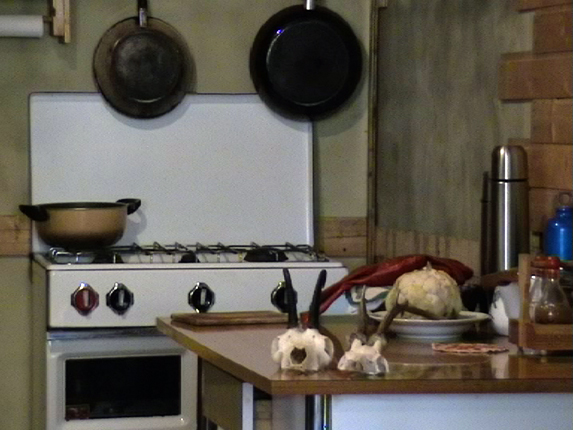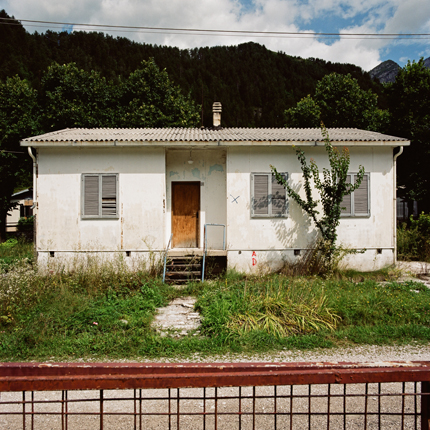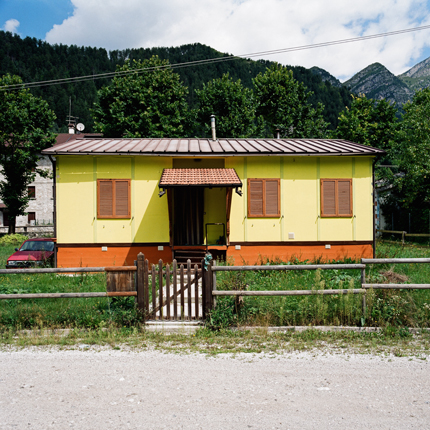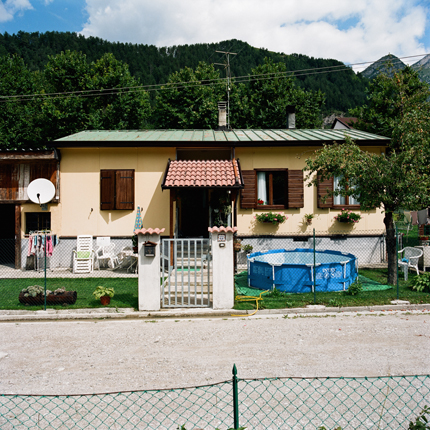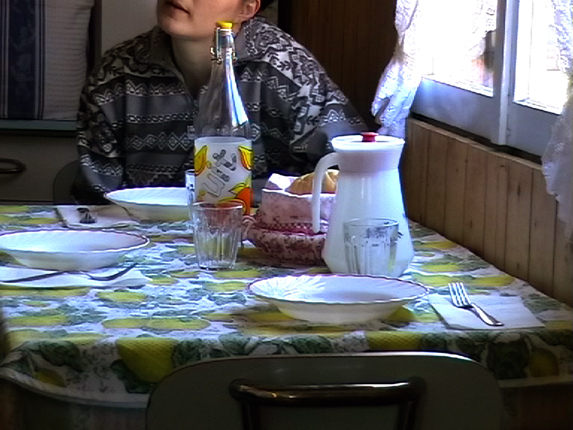On the 9th of October 1963 a portion of the side of Monte Toc, in the Friuli region in Italy, breaks away resulting in a land slide 3km long and consisting of more than 270 million cubic metres of earth and rocks.The landslide reaches the below lying valley, generating a seismic shock wave and fills the artificial basin below.
This impact with the water within the basin creates two huge waves: the first smashes against the mountain, the second, rises over the dam and, gushing down the valley engulfs the city of Longarone together with other surrounding villages. The result is the complete destruction of the town and a death toll nearing 2000 people.
The affected communities start immediately to rebuild the social fabric of society that has been destroyed, and it is during this rehabilitation period that they decide also, to build some “new” villages. As a result, Vajont and other smaller settlements are constructed from scratch, like in Belluno Provence where the displaced inhabitants settle.
Nestled between the mountains of Friuli, in Claut, 50 prefabricated houses are constructed as a result of that particular natural disaster as a way of temporarily housing the displaced inhabitants. The village is set nearby, in flat and sunny clearing. Some of those families continue living in these prefabricated houses for over 40 years afterwards.
Between 2005 and 2008, Marissa Morelli and Max Rommel have documented that which remains of the village of Vajont, on the outskirts of Claut. The precarious housing structures have continued to survive much longer than expected, challenging the laws of time, transforming the surrounding landscape and creating a memory that disperses boundaries. In the summer of 2008 the village was demolished.
The work of Marissa Morelli and Max Rommel demonstrates that which remains of the identity of those places and the private and collective memory of it’s last inhabitants.
Marissa Morelli e Max Rommel “Case di cartone”
Gian Mario Villalta “The Inner Gaze of the Outward Appearance”
I haven’t visited this place, I haven’t seen these
houses, I haven’t met these people.
I will say that which I see in these photographs, in
the seeing that they offer to my eye and in the
intention that constructs it by means of a meditated
direction. I will trust to this seeing, because it
trusts me. I don’t perceive the search for originality
at all costs, in these images, nor the will to find
illustrated again in the images one’s own idea; for
this I have faith, because I feel that the will of
comprehension and of closeness asks the form for
resources, even though so well-studied and
known, and it isn’t the will of the form – as often
happens – to impose itself upon the matter.
The vicissitudes of these people, the story of
these houses, the reality that exposes itself in
these images doesn’t attack (and yet it is a
‘strong’ circumstance, a dramatic page of history)
but emerges with quiet force and, I might add,
with delicacy, from the composition. And thus
the eye digs its path of reasoning, which from the
first impressions, all of attentive intensity, but
also of objective concentration, finds the way
for an incessant confrontation with some
essential themes.
A deeper examination resulted from this and,
almost, an overturning of the habitual judgements
about some places of reflection that today have
become common. One of these is the precariousness,
the impermanence of values and references,
dominant argument for the definition of the present
‘liquidity’ (to use the fortunate notion of
Zygmunt Bauman) of our existence. To this liquidity,
which defines the sense of the inconstant and
unstoppable change of the reality in which we
live, and that determines the insecurity and the
dysphoria widespread nowadays, we oppose the
symbols of protection, of the absoluteness of
value, of the duration in time. With mediocre outcomes,
palliatives soon unmasked. So our houses
are equipped with bars and with alarms, with
devices in which the so-called ‘comfort’ ever more
often reflects the character of self-defence. Thus
we choose the furnishings counting on a certainty
of taste, on the durability – well knowing to comply
equally to the fashion – on the originality that
should testify to our precise and untouched personal
identity.
And yet, looking at these photos, something different
comes about. There is a duration that doesn’t
want to impose itself in time or on time, but
that offers itself as place of a lasting of time. There
is an essential intimacy, that takes away the veil
of our prejudicial conviction on the nature of
domestic protection. An intimacy that protects its
own self, I would dare say, the flimsier the shelter
offered to it from the precariousness the stronger
the need for closeness and sharing of a space put
beyond reach of imponderable events. These interiors
are home, where not only are we given the
chance to cast a glance of curiosity or evaluation,
but where the gaze is invited to linger, perceive a
quality, a living. These interiors are ‘home’ in a
testimony clearer and more essential than all
those that we can find in the images of the publications
or of the advertisements that propagandize
domestic security and serenity, to which we
unconsciously conform. There are lives that have
this place as shelter of their essential intimacy,
there is no doubt about it. How elusive, how fragile
all of this, and how at the same time it is powerful!
For the same reason that brings the most
solid houses, when they are uninhabited, to a
rapid breakdown and to a sudden catastrophe
(and that seems mysterious even when reason
explains it in every detail) these habitations,
example of temporariness, show that it isn’t the
walls that ‘make a home’, nor the most perfect
and comfortable inventions of technology, but it is
humanity that manifests itself in everyday life,
when it constructs the internal space of its own
being in the world.
With these observations I don’t intend to say that
temporariness is defeated, or annulled, but just
the contrary: in the more evident light of temporariness
appears unmistakable the essence of intimacy,
of protection, which gives substance to a
material dimension, but at the same time transcends
it, to show, as if there were any need (and
today there is a real need), that the quality of the
material dimension derives from the gestures and
from the sharing of life, and not vice versa.
Another motive for reflection, that derives from
observing these photographs, even this silently
guided by their able direction, comes from the
resemblance of these forms of dwelling with innumerable
others disseminated on the face of the
globe. As there is no doubt that these habitations
are contemporary, for one who looks without
being absorbed entirely by that known of this circumstance
they have even something of the timeless
within the contemporaneity. They speak of a
condition of the contemporaneity, still more than
the precise event that they illustrate. They could
find themselves in another country, or on another
continent, and they would speak of the same
dependence of the individual on the complex of
social life, of the same effort to conquer a space
where to ‘set up house’, still today inalienable to
be able to be part of humanity. Never like today a
‘house’ is less the mirror of a tradition, as much
as it is the evident fruit of a series of correlated
causes that highlight the social, political and economic
reality of a territory. In this sense, the
resemblance on a global scale of these forms of
dwellings tied to the ‘misfortune’ of the cultural
dimension becomes the sign of a more ample and
unacknowledged worldwide community of exclusion.
I use the expression ‘misfortune’ of the cultural
dimension to signal the co-implication of
society, of politics and of the economy in the
same repeated succession of stereotypes one
after the other, where individual responsibility
isn’t sufficient to explain an uneasiness that is
much deeper and that strengthens the condition
of liveability of an entire area. The sensation that
these images could come even from another continent
doesn’t diminish their value of specific testimony,
on the contrary, it gives breadth to the
opportunities to analyze a fundamental aspect of
our current way of living.
I would like to add, finally, a few words on the
suspension of the drama, of the spirit of denunciation
and of other similar frills that these photographs
set forth. It is something that I find important
and deserving of ample consideration. It is
the fruit of a project that gives the time for the
experience, for the comprehension, for the reelaboration,
and that rejects any preconstituted
contrivance, even – and above all – on the level
here decisive of emotivity. There is no trace of
provocation, indignation, nostalgia (what to make
of it? what would it add? what would it help to
understand?), but there is the light that frames the
construction of a vision. In this vision one goes
through the maximum approximation possible
between experience lived ‘from the outside’ and
lived ‘from the inside’, without ever cultivating the
illusion that there can be identity, without ever
thinking, however, to have understood more, to
know more than the others.

